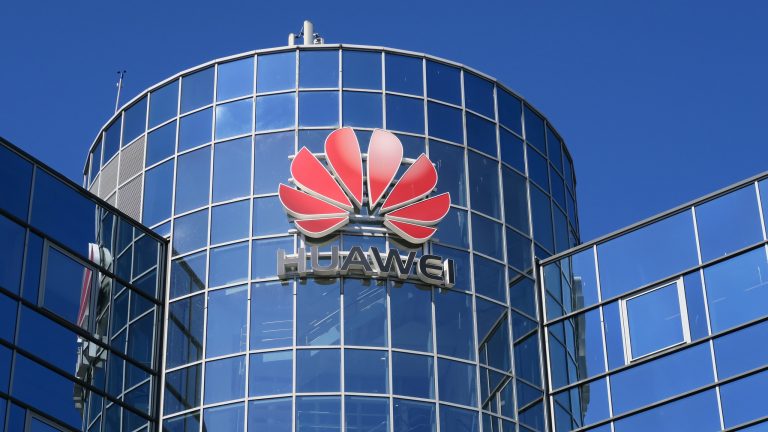 APPS
APPS
 APPS
APPS
 APPS
APPS
China’s leading smartphone maker Huawei Technologies Co. Ltd. launched a new version of its HarmonyOS operating system today, saying it will bring the software to a range of devices, including smartphones.
Richard Yu, chief executive of Huawei’s consumer business, made the announcement at Huawei’s annual developer conference in Shenzhen, China. He said a beta test version of the HarmonyOS 2.0 software development kit is being made available for developers today, with a smartphone version of the SDK set to follow in December.
He added that the company could start selling its first smartphones running HarmonyOS next year. In addition, Huawei also plans to offer the software to other smartphone makers as an alternative to the Android operating system.
Huawei’s decision to create HarmonyOS had been prompted by a U.S. trade ban that prevents it from offering Google LLC’s apps and services on its new devices, though the restrictions do not prevent it from using the core Android platform.
This limitation is not much of a problem in Huawei’s home market because most consumers there don’t use Google’s services or apps, but it’s a headache for the company’s ambitions outside China, where Google’s tools are an essential requirement for many users.
The ability of HarmonyOS to effectively replace Android will be contingent on the number of applications that can run on the platform, analyst Holger Mueller of Constellation Research Inc. told SiliconANGLE. At present, HMS Core, which is Huawei’s equivalent to Google Play Services, comes with 96,000 apps, up from 81,000 in July. But that’s still a long way short of the millions of apps available on Google Play.
Mueller said Huawei is doing the right thing by charting a course for independence and reducing its reliance on Android. “If anyone has a shot at enticing developers to code or recode for Harmony OS, then it is Huawei, but it will still be an uphill battle,” he said.
That’s what the release of the HarmonyOS 2.0 SDK is all about: It’s an attempt by the company to lure more application developers into its ecosystem. Huawei has tried to sweeten the deal by saying it’s relatively easy for developers to recode Android apps for HarmonyOS, but it remains to be seen how successful it will be. Previous efforts to create an alternative smartphone operating system to Android and iOS, such as Ubuntu Phone and FirefoxOS, have failed due to a lack of apps, with most developers simply ignoring those platforms.
“If Huawei can create a code converter that automates the move of existing Android and iOS apps, that will be a huge step for developer productivity,” Mueller said.
Unfortunately for Huawei, its smartphone business could fall flat on its face even if it does manage to attract more developers to the HarmonyOS platform. U.S. trade restrictions are also preventing the company from obtaining many of the essential components it needs to build its smartphone devices. Things came to a head in August when Huawei said it’s facing a critical shortage of computer chips and thus could be forced to stop making high-end devices by the middle of September.
Those problems are likely to get worse too, as the U.S. Commerce Department said last month it was expanding its restrictions on the company’s ability to obtain semiconductors made with U.S. technology.
THANK YOU